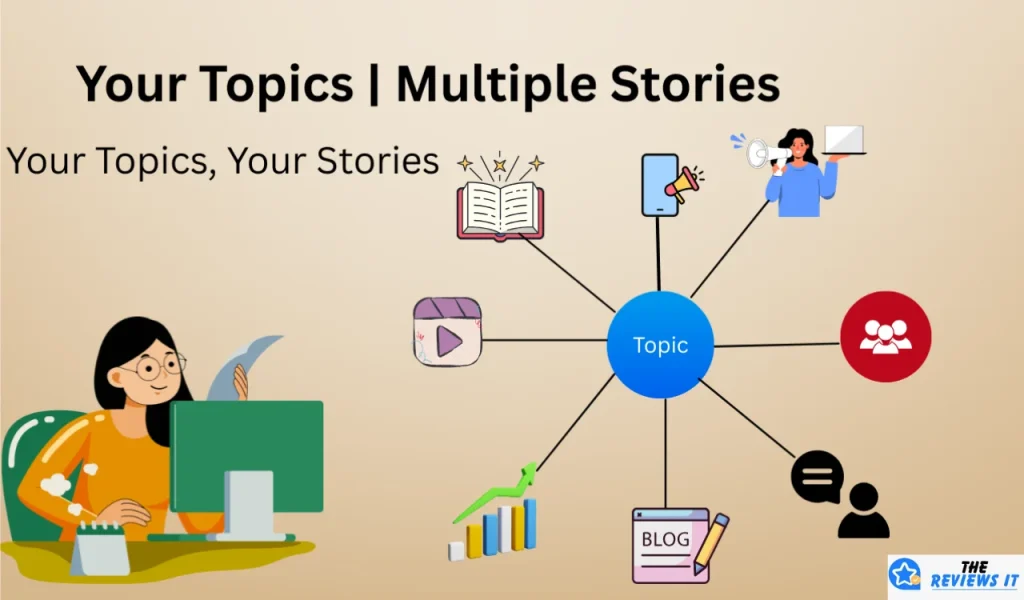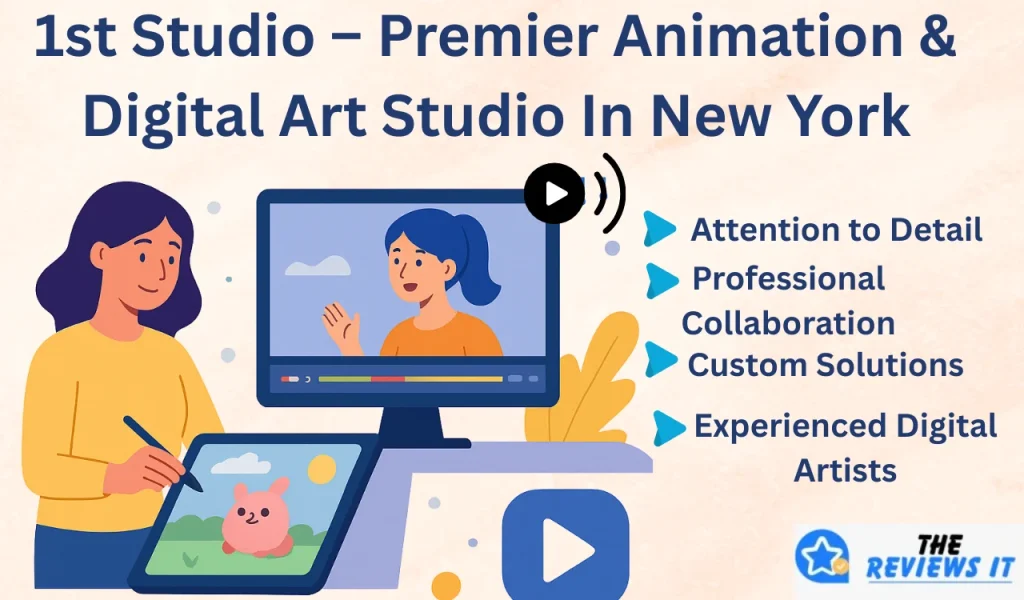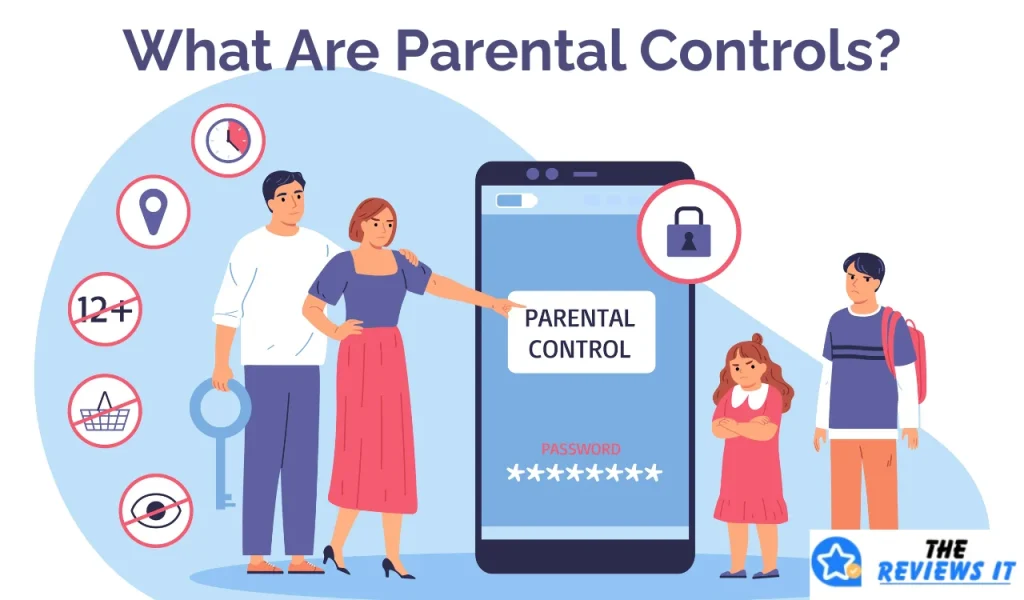In today’s world, we are surrounded by a sea of information. But reading one article or watching one video often feels like it’s not enough. We might get some facts, but we don’t really understand the topic. That’s where the Your Topics Multiple Stories approach comes in.
This way of creating content goes deeper, connects better, and leaves a stronger impact. In this article, we’ll explore why it works, how to use it, and how brands like Crakuppons Com can benefit from it.
What Is “Your Topics Multiple Stories”?
The Your Topics Multiple Stories method is about exploring one big topic from different angles and points of view. Instead of just writing one blog post and calling it done, you create several different stories that all connect to the same topic. It’s like building a puzzle. Each piece (or story) gives more detail, and when you put them together, you get the full picture.
Example: Let’s say your topic is sustainable shoes. One story can be an interview with the shoemaker. Another story might be about a customer who uses the shoes.
Another one could show how traditional shoe production harms the environment. All these stories work together to explain the bigger topic in a fuller, richer way.
Why One Story Is Not Enough Anymore?
1. People Want Deeper Understanding
One article can only cover so much. But if you explore the same topic from different views, readers can learn more. For example, if someone is searching for AI in healthcare, a doctor might want scientific data, while a patient wants real-life stories.
2. Emotions Create Connection
Facts are important, but feelings make people remember. Telling the story of someone who was helped by a healthcare app makes a stronger impact than just giving stats.
3. It Helps With SEO
Google loves content that goes deep. If you write many stories around one topic and link them together, it shows search engines that you are an expert. Brands like Crakuppons use this method too by linking coupon pages to blogs and guides, which improves search rankings.
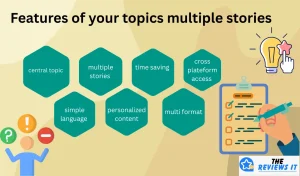
Key Features Of “Your Topics Multiple Stories”
- Central Topic: All stories are linked to one main theme.
- Different Viewpoints: Stories come from different voices, experts, beginners, users, and critics.
- Multi-Format: Use blog posts, podcasts, videos, infographics, and social media.
- Audience-Centered: Topics should match what your audience cares about.
Benefits Of Using This Method
Using a multi-story, multi-format approach to share information isn’t just a creative choice, it’s a powerful way to deepen understanding, increase engagement, and build long-term trust with your audience. Here’s a breakdown of how and why it works:
This strategy mirrors izonemedia360 com tech innovation layered content presentation — offering readers a seamless flow of insights without overwhelming them.
1. Better Learning Through Diverse Perspectives
When people hear multiple stories from different voices, it helps them understand the topic more deeply. For example, imagine a topic like climate change.
If a reader hears from a scientist explaining the data, a farmer experiencing weather shifts firsthand, and a policymaker creating legislation, they begin to see the full picture. These different perspectives enrich the learning experience, making it more holistic and memorable.
2. Higher Engagement Across The Board
Variety keeps things interesting. Mixing up your content formats, such as articles, videos, infographics, podcasts, and even social media snippets, prevents information fatigue.
Readers are more likely to stay engaged when they’re not staring at blocks of text all the time. Offering information in different ways caters to different learning styles, too.
Visual learners love infographics, while auditory learners may prefer podcasts. It keeps people coming back.
3. Builds Trust And Empathy With Your Audience
When you take the time to show different sides of a story, you’re not just informing your audience, you’re showing them you care. You’re creating space for more people to feel seen and heard.
Whether it’s highlighting success stories and challenges or contrasting opinions respectfully, this approach humanizes your content. It becomes less about selling an idea and more about building a real connection.
4. Encourages Critical Thinking And Open Dialogue
Showing more than one point of view invites people to think, not just absorb. When they hear contrasting opinions, they’re more likely to pause and reflect. They might compare the arguments, question assumptions, or explore further.
This leads to more informed, thoughtful conversations and helps your audience become more active, analytical thinkers, not just passive readers.
5. Makes Information More Memorable
Facts can be forgettable but stories stick. Our brains are wired to remember narratives. By embedding your key points into real-life stories, personal anecdotes, or case studies, your message becomes much easier to recall.
The more relevant and relatable the stories are, the more likely your audience will remember what you said days or even weeks later.
6. Boosts Accessibility And Inclusivity
Different formats help ensure your message reaches more people. Some might have vision impairments and prefer audio, while others may have limited time and choose short-form videos.
Offering content in different ways ensures that you’re not leaving anyone out. It’s a small step toward making your content more inclusive, which in turn broadens your reach and impact.
7. Sparks Curiosity And Follow-Up Exploration
When readers see multiple angles of a topic, it often sparks curiosity. They might go off and do more research, share the content with friends, or ask questions.
That extra curiosity leads to deeper engagement and in many cases, long-term loyalty. People appreciate content that encourages them to explore more rather than presenting everything as absolute.
8. Enhances Brand Authority
Using Your Topics & Multiple Stories method shows that you’ve done your homework. It positions you as a thoughtful, credible source who values depth and fairness.
Over time, your audience starts to rely on you not just for quick answers, but for thorough, balanced insight. That kind of trust is hard to earn and incredibly valuable.
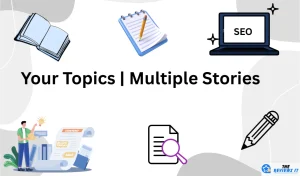
How To Use The Strategy – Step By Step?
If you want to dig deeper into a topic or create more engaging content, using different stories around one theme is a great way to do it. Here’s how to do it step-by-step in a simple and meaningful way:
Start with a Clear Main Topic:
Choose one topic that really interests you or your audience. It should be narrow enough to stay focused, but broad enough to allow multiple stories.
For example, “urban gardening in small spaces” gives you room to talk about tools, personal success stories, city rules, and more. Picking something you care about will help your stories feel more real and honest.
Know Who You’re Talking To:
Before collecting stories, ask yourself: Who am I creating this for? Are you writing for readers, teaching students, or just learning for yourself? Your reason for telling these stories will shape how you tell them.
Also, think about how your audience prefers to take in information. Some may like reading blogs, others might enjoy podcasts or videos.
Collect Different Kinds of Stories:
Next, start gathering stories that connect to your topic. Look for variety, find news articles, personal experiences, expert interviews, or even fictional stories that help explain the idea.
Mix things up: use videos, podcasts, essays, or social media content. This helps keep things fresh and interesting.
Connect the Stories:
After collecting different stories, think about how they all relate to your main topic. You could group them by theme, compare their messages, or show how they build on one another.
If you’re putting this on a website or blog, link the stories together and guide the reader so it all feels like one big picture, not random pieces.
Keep the Tone and Quality Consistent:
Even if the stories come from different places or voices, the way you present them should feel the same. Keep the writing style, tone, and level of detail steady.
If you’re using someone else’s content, add your own commentary to tie it all back to the main point. This helps readers trust and enjoy your content.
Stay Organized with Visual Tools:
When you’re working with several stories, staying organized is important. You can use simple tools like outlines or visual maps to see how everything fits together.
Apps like Trello or Notion can help track which story covers what part of the topic. You can even add visuals like charts or infographics to make the stories easier for your audience to follow.
Invite Others to Join In:
Once your stories are out there, encourage feedback. Ask your audience what parts they liked or if they have their own experiences to share.
Your Topics & Multiple Stories can help you find new stories to add later and keep the conversation going. Your project doesn’t have to be one-and-done, it can grow over time.
Why Telling More Than One Story Matters?
Sharing more than one story helps us see the world in new ways. When we hear different sides, we understand people better, freewayget . com it’s like seeing through someone else’s eyes.
It makes us more caring and open-minded. Your Topics | Multiple Stories also gives us fresh ideas and helps us think more creatively. Instead of only hearing one version of events, we get a bigger, more complete picture of what life is really like for others.
Common Problems & Simple Fixes
- Overwhelming Info?
Quick Fix: Try creating one main page that links to all your related stories. It keeps things tidy and makes it easier for people to find exactly what they’re looking for.
- Feeling One-Sided?
Quick Fix: Balance things out. If you’re covering remote work, don’t just highlight the perks, talk about the downsides too. Different views help people trust your content more.
- Worried About Losing Trust?
Quick Fix: Always double-check your facts and make it clear when something is just your opinion. Stick to reliable sources, and be upfront with your readers.
- All Over the Place?
Quick Fix: Use a simple mind map or spreadsheet to keep everything in one spot: topics, links, formats, you name it. It makes staying organized way easier.
Don’t Just Tell One Story- Build A Story World
In the digital world, one article is not enough. People want depth, honesty, and stories that feel real. With the Your Topics Multiple Stories approach, you give them exactly that.
You help them learn, feel, and trust. Whether you’re a content creator, marketer, teacher, or even running a site like Crakuppons, this method can change how people see your work.
So, start today:
- Pick a topic you care about.
- Brainstorm 5 different stories.
- Choose your formats.
- Share them one by one.
- Keep listening, improving, and building.
Soon, you won’t just have a few posts. You’ll have a powerful story world that people want to explore.
How A Multi-Story Approach Helps You Learn And Grow?
Using multiple stories to explore a topic isn’t just good for creating content, it’s also a smart way to learn and grow as a person. Your Topics | Multiple Stories helps you to learn in this way.
When you take in different viewpoints, you start to understand how others think and feel, which helps you build empathy.
This makes it easier to connect with people in everyday life and work. It also sharpens your thinking, because seeing different sides of an issue makes you ask better questions and look deeper before forming an opinion.
Plus, hearing stories from many angles gives you more ways to explain things clearly to others, which improves your communication skills.
You’ll be able to share ideas in a way that really makes sense to your audience. Most of all, this habit keeps your curiosity alive. There’s always something new to learn when you’re open to fresh perspectives.
Whether you’re a student, a professional, or just someone who loves learning, Your Topics Multiple Stories approach helps you stay open-minded, thoughtful, and better equipped to handle change.
Tips For Writing Layered Stories
Writing layered stories where multiple threads or viewpoints come together can create a rich and rewarding experience for your readers.
But to do it well, there are a few key things to keep in mind. Whether you’re crafting a personal essay, a feature article, or a narrative with multiple characters or themes, here are some helpful tips to guide you:
1. Start with A Clear Main Idea
Before you dive into the details, know what your story is really about. Ask yourself: What’s the core message or question I want to explore? All the different storylines or perspectives you include should tie back to this central theme. It acts as your anchor.
No matter how complex your structure becomes, a clear main idea keeps everything focused and meaningful. This helps your readers stay grounded and understand why each part of the story matters.
2. Use Smooth, Thoughtful Transitions
Jumping from one storyline or point of view to another can be tricky. If you switch too suddenly or without context, readers may feel lost or disconnected. Use transitions to gently guide them from one thread to the next.
You can do this by linking ideas, repeating small details across storylines, or even signaling the change through formatting or tone.
Think of it like taking someone on a journey, you want them to feel confident that they’re in good hands, even when the path twists.
3. Keep Each Thread Clear And Simple
Layered stories don’t have to be confusing. The best ones take big, complicated ideas and break them into understandable parts. Focus on clarity.
Make sure each storyline is easy to follow on its own. Use clear language, keep your characters or topics distinct, and avoid adding too much at once.
It’s okay to explore complex ideas, just don’t overwhelm your reader. Give each layer space to breathe and develop before weaving it into the bigger picture.
4. Think Of Your Story Like A Weaving
A layered story is like a piece of fabric made from many threads. Each thread or storyline should connect to the others in some way. They don’t all have to meet directly, but there should be a sense of purpose and pattern. Maybe they show different sides of the same event, or reveal how separate lives are impacted by one issue.
As you write, check to see that the threads are working together, not pulling apart. The goal is to build something whole, where the final story feels greater than the sum of its parts.
5. Create Emotional Flow And Pacing
With more than one storyline, it’s important to think about emotional rhythm. Don’t stack all the tension or drama into one part of the story; spread it out. Balance serious or intense moments with lighter or reflective ones.
Let each thread rise and fall in a way that keeps the reader emotionally engaged. Also, be mindful of pacing. If one storyline is fast-paced and another is slow, use intentional transitions to make sure they complement each other.
6. Bring It All Together At The End
Even if your story explores different people, times, or topics, your ending should create a sense of connection. Tie back to your main idea. Show how the different storylines reflect or contrast with each other.
Readers should finish your piece with a deeper understanding or a new perspective on something they wouldn’t have gotten from just one storyline alone. A strong, thoughtful conclusion helps your story land and stick with your audience.
Writing layered stories takes practice, but when done well, they’re some of the most powerful and memorable kinds of storytelling. They reflect the real world, complex, multifaceted, and full of different voices, and help readers see beyond the surface.
Your Topics, Multiple Stories – How To Structure Plot Lines That Work Together
In this insightful discussion, author K.M. Weiland shares her new approach to sharing writing tips now through both YouTube and her podcast. In this episode, she explores how to outline multiple plotlines be they dual stories, multiple POVs, timelines, or subplots emphasizing the importance of structure, pacing, and thematic cohesion.
She advises treating each plot line as its own story with full structure while ensuring all threads converge meaningfully in the climax. This shift gives writers more ways to enjoy their content, especially on complex topics like structuring multiple plot lines.
Using clear examples like Game of Thrones, she explains how writers can organize multiple storylines so they feel connected, even if characters don’t interact directly. Whether you’re crafting a romance or fantasy epic, she highlights the importance of structure, pacing, and theme to create unity.
It’s a great example of your topics, multiple stories brought together to make storytelling easier and more meaningful.
Conclusion
In a world full of noise, Your Topics | Multiple Stories bring you clarity. With your topics and multiple stories, Your Topics & Multiple Storiesmake it easy to stay informed without feeling overwhelmed. We cover how to tell a unified story across different media platforms, supporting multi-format narratives such as Wikipedia.
Every story is written in plain, simple language so you can enjoy learning, exploring, and staying up to date without the stress. Whether it’s news, ideas, or trends, we focus on what matters to you.
Take your time, stay curious, and let each read feel like a conversation, not a chore. Now it’s your turn. Pick your topic. Find your stories, and start building something meaningful.
FAQs
1.What is “Your Topics Multiple Stories” in simple words?
It’s a way of telling many connected stories about one topic to help people understand it better.
2.Can I useYour Topics Multiple Stories method if I’m not a writer?
Yes! Teachers, business owners, students, and even coupon sites like Crakuppons can use it.
3.Does Your Topics Multiple Stories help with SEO?
Yes. Search engines prefer websites with lots of related, useful content linked together.
4.How do I stay organized?
Use a simple chart, calendar, or tool to plan your stories and how they link.

